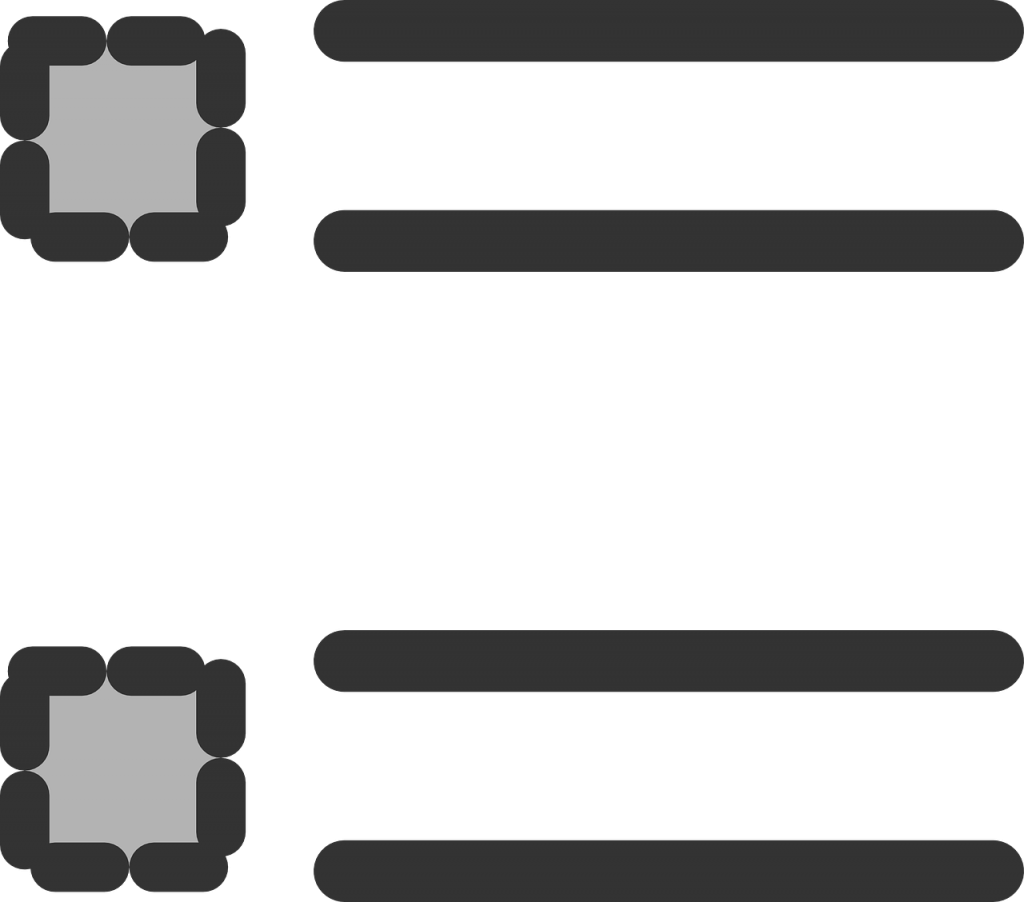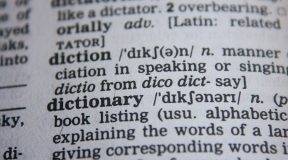Building your content is much more than merely getting the context and information right. When it comes to how people research and absorb information in content, you need to be aware of a few things including formatting.
How Google sees each page, how everything synergizes into a useful, powerful (traffic building in some cases), and potent piece of content is a matter of attention to details and the global mechanism of SEO/SEM.
You need to get the basics right before you can do any kind of off-site marketing where rank and traffic to your page is concerned. Understanding the mechanisms involved is essential in realizing, for example, that what happens on your site directly impacts any and all other things you’re doing off your site (SEM)

- SEO is Search Engine Optimization and generally covers on-page optimizations to meet with Google’s guidelines. This is designed to “allow” traffic to be driven to your site (more on that below)
- SEM is Search Engine Marketing and covers a lot of the external (to your website) networking (posting blogs on high ranked pages/sites, paid search, external links pointing to your page, and so forth) designed to drive traffic to your site.
- There is some SEO and SEM in both arenas (site vs. external marketing).
Don’t Get Lazy

A lot of people tend to focus more on the marketing than the thing they’re marketing itself and even if they can get traffic, they don’t convert any of it. They blame the marketing company for not having products (content marketing etc) that work.
They go to great lengths to justify that they don’t get immediate traffic so nobody is seeing the page, (eluding to the content marketing not being effective) but what they don’t understand is that the problem is more often than not- the content, the set up of the website (main business), lack of attention to detail and global as well as personal details are overlooked.
If Google Likes Your Site, The Other Marketing Can Blossom

Think about it. If Google (and their E-A-T Guidelines which are designed to show you HOW your page needs to look, including formatting, subtitles, bullets, etc) doesn’t like your page- no amount of content marketing will change a thing.
The traffic isn’t coming just from the content sending people to your page, it’s also coming from google telling people about your site in how it ranks it. Google isn’t going to want to shove a piece of content in front of people if it doesn’t have the best chance of answering their query. Nor do they if it’s not set up so people can “browse” and see if what you’ve written is in the right area to further their understanding.

Google has the end reader/researcher in mind so you can focus on Google E-A-T guidelines and hit both targets, then concentrate on your on-page SEO (optimizing your format, content, length, tags, meta tags, etc…).
Links out of the page also need to be relevant as Google checks for this. Relevant links not only help the reader find more information to further their research, it also allows Google to pass through the link to see if a relevant page is on the other side, it crawls the page and compares it to your page. They may even be able to determine if the information is too similar to be useful as a “more information” link.
Even if every peice of content you post on other sites are perfect, and everything else synergizes to drive traffic to your site, the organic traffic is minimal compared to Google’s (or any other search engine).

To get Google traffic you must have perfect ON PAGE and ON SITE parameters met. Your site is the first thing you need to focus on because if it’s not set up right Google won’t even consider the other links pointing to your page/site thus the traffic will never come!

If your site doesn’t meet E-A-T guidelines, that traffic you’re expecting from all your expenditures to the varieties of ways to market your site, won’t come.
Most of your traffic will be from the search engines, which always look at your site and pages individually for passing the guidelines (aligning with Google’s mission/product- content (and the theme containers they come in (websites).
They also look at the other sites/pages you link out to (and for them if they link out to you) for the same thing. To be in the game, you have to play the game. Luckily, the game is about helping people find the information they need or want in the most efficient manner possible.

Content
Your content needs to be informative. Gone are the days of writing just anything with perfect grammar and little context or information value. Google can read your article and their AI runs a basic checklist including vagueness or highly informative value of your content.
Some Things To Keep In Mind…

Title is Essential:
- Your title should be extremely focused and potent. It must tell the reader what exactly they will learn inside.
First Paragraph Sets the Stage!
- The first paragraph must be potent as well. It’s job is to tell the reader in more detail than the title, an overview of the coming points, concepts, and wide brushstrokes of the overall information they will be reading further down.
- The points in the first paragraph are broken down in each following paragraph and each paragraph subtitled in the same fashion as the overall title, but focused on the paragraph below it.

Bullet Points Lighten the Visual Load
- Bullet points are a great way to add formatting that helps the browser reader/researcher. Bullets can be used between the paragraphs and expand the points out to more points for researching for the reader. Bullets are easy to see, read, and generate space to ease the eye from blocks of text.
Think of Your Content as Competing to be the Winner of the Best Answer to _________

The details in your content need to be useful, not fluff or common sense. They need to be updated even if they’re timeless concepts, to adapt the reader to the current environment in relation to the context and overall value of the information.
Don’t Leave the Reader Hanging

Always Make the Last Paragraph Count!
- Conclusion is Closure (or priming them with other places to go (link) or bits of information to help them move their research along (ideas for more topics to search for).
- Concluding your content is about reiterating and giving closure. Reiterate the main points but mention how they can be synergized in the conclusion paragraph.
- This helps differentiate it from the introduction paragraph but also opens the mind of your reader to see how this data (and data on other pages they visit) combine to wake up new research and ideas. It also helps drive the point home of your entire article’s point.
Outsourcing SEM Works Incredibly Well if Your Site is Ready

If you don’t know anything about on-page SEO, meta tags, and all that stuff, there are companies that can visit your site and do an audit to help you get your site up to code, they also offer a service of doing it for you, so even if it’s a bit of money to do- do it.
You want it done right because you will likely be spending a lot of time and money on your content and network marketing efforts, and realize, these companies know their stuff and likely will not only get it right, they get it optimal. This truly means it’s up to you to get your site ready because it’s actually going to be the weakest link in the chain (but a most vital one overall).
So long as it’s legit, the weakest link won’t matter. You actually want their marketing to be better. Because if you get reports you can go look to see what those pages look like to get ideas for the formatting and tactics of your own site. Use every chance to learn how the powerful sites are doing it on-page so you can optimize as you go as well.
Conclusion… (summary remember)
Make sure you always focus on your site/pages first. Your site needs to be aligned with the mechanisms that bring traffic, especially Google. Following the E-A-T guidelines, you’ll be perfect. Once you’ve gotten your site covered, then start thinking about your content marketing campaigns or outsourcing to a company that does it all, and it’s all they do!

Chances are the content they write will be just right, the sites they post them to will bring link juice (traffic precursor), and your site will thrive- but only if your site is in alignment (E-A-T guidelines, SEO, and SEM are the vegetables for your traffic generating salad- it’s simple, not always easy- but vital to get right). The rest is just… the details.
Good Luck!






